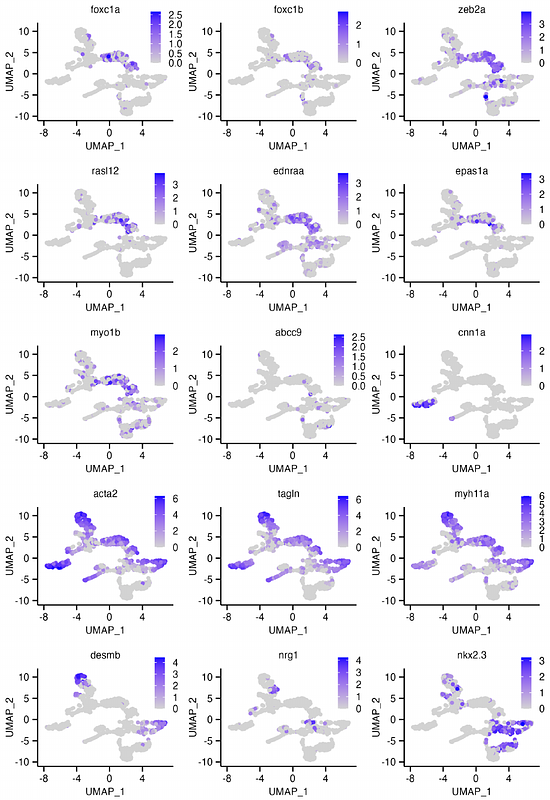Receptor stoichiometry predicts artery-typical vulnerability to altered Notch signaling during smooth muscle differentiation.

Receptor stoichiometry predicts artery-typical vulnerability to altered Notch signaling during smooth muscle differentiation.
Sanlidag, S.; Virtanen, N.; Hoursan, H.; Ristori, T.; Sjoqvist, M.; Loerakker, S.; Sahlgren, C.
AbstractJagged1-Notch2 and -Notch3 signaling are important for smooth muscle cell (SMC) development. However, a comprehensive understanding of the Jagged1-Notch2/3 signaling in SMCs has been missing. By combining in vitro, in vivo, and in silico analyses, we here show that Notch2 and Notch3 have overlapping roles in differentiating SMCs upon Jagged1 interaction. However, Notch3 is a less potent inducer of Notch signaling activity compared to Notch2, due to weaker interactions between the Notch3 intracellular domain and RBPJ{kappa}. Accordingly, unlike Notch3, Notch2 depletion causes an almost total loss of Notch activity and differentiation in large arteries. In smaller arteries, the loss of Notch2 is partially compensated for by a higher SMC expression of Notch3. Our results, therefore, indicate that SMCs have artery-typical vulnerability to altered Notch2 and Notch3 signaling, contributing to our mechanistic understanding of the Notch-related vascular disease onset.